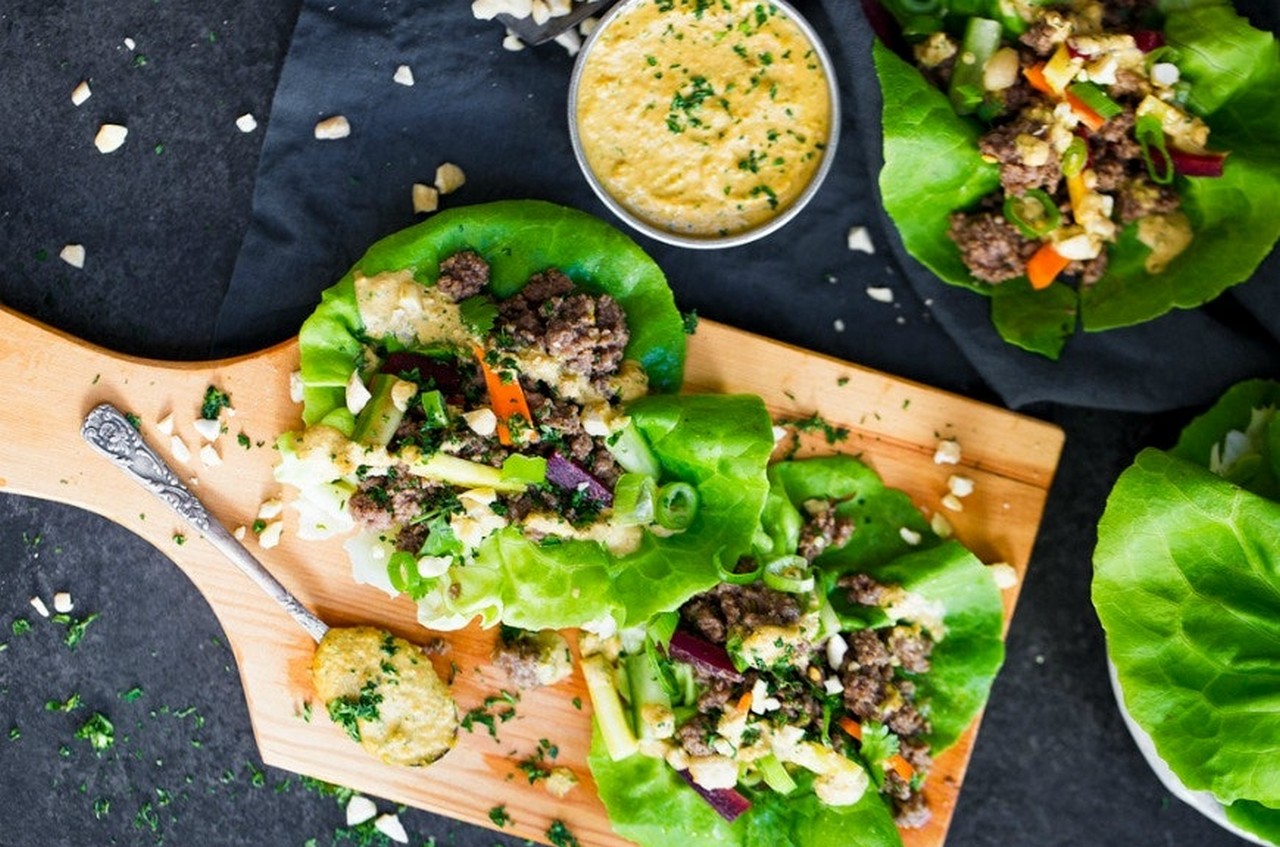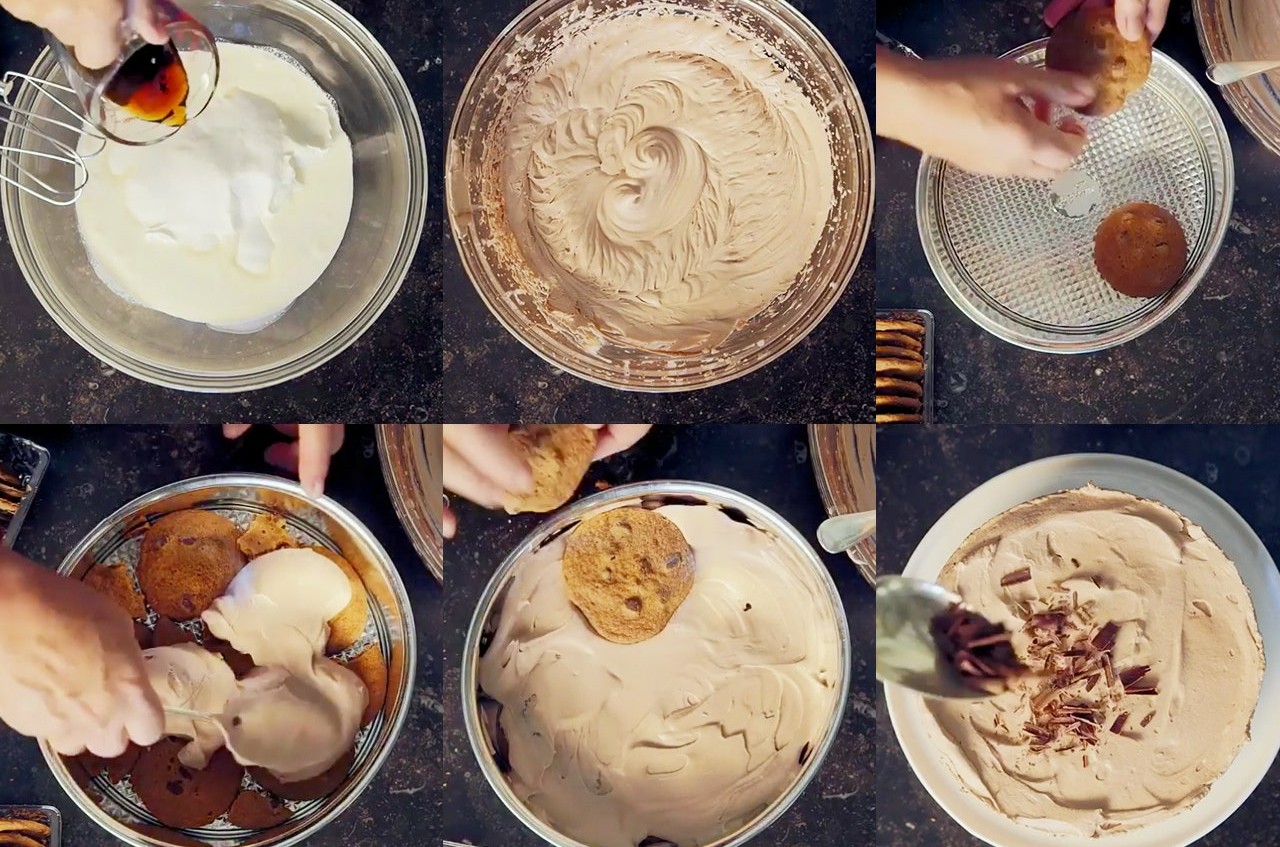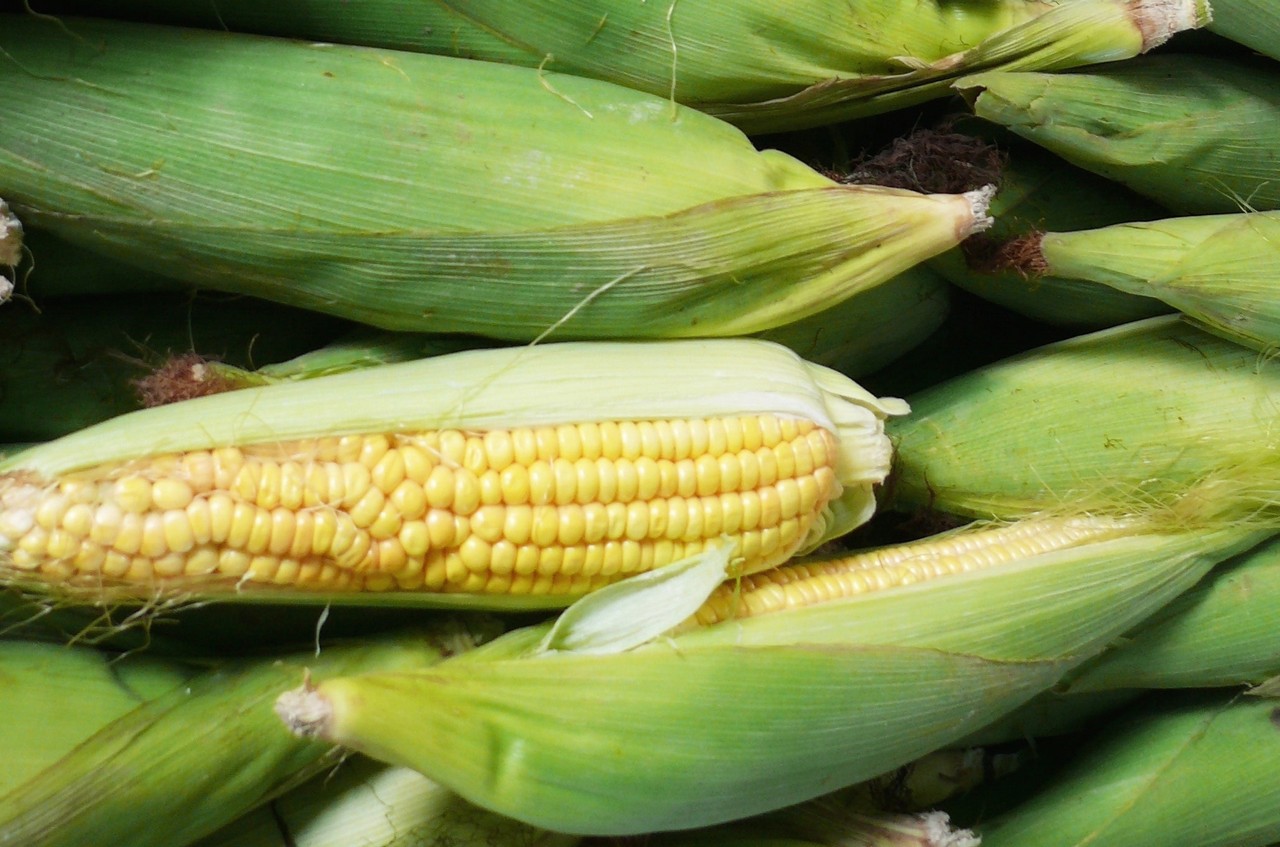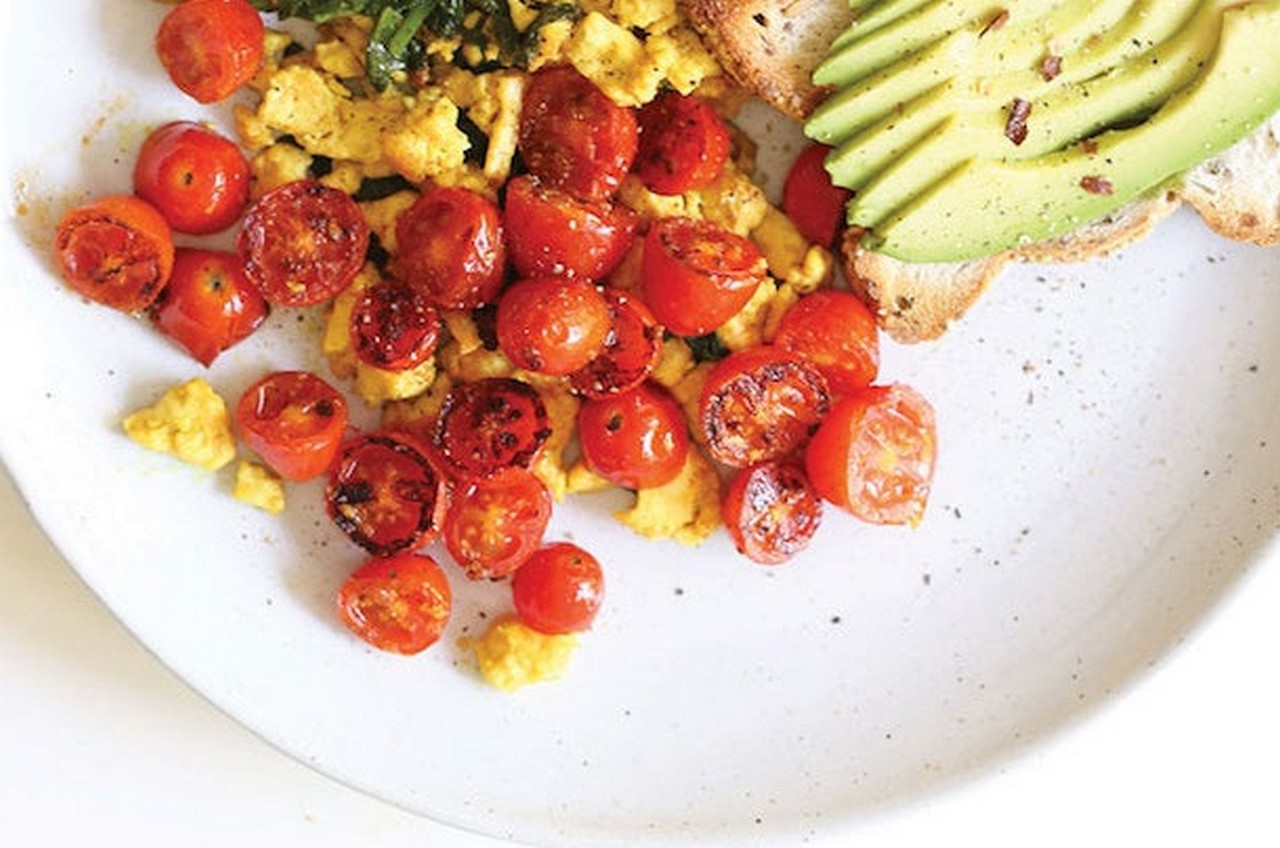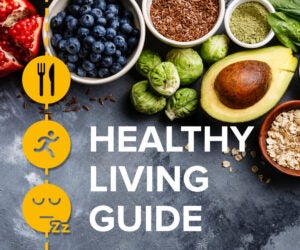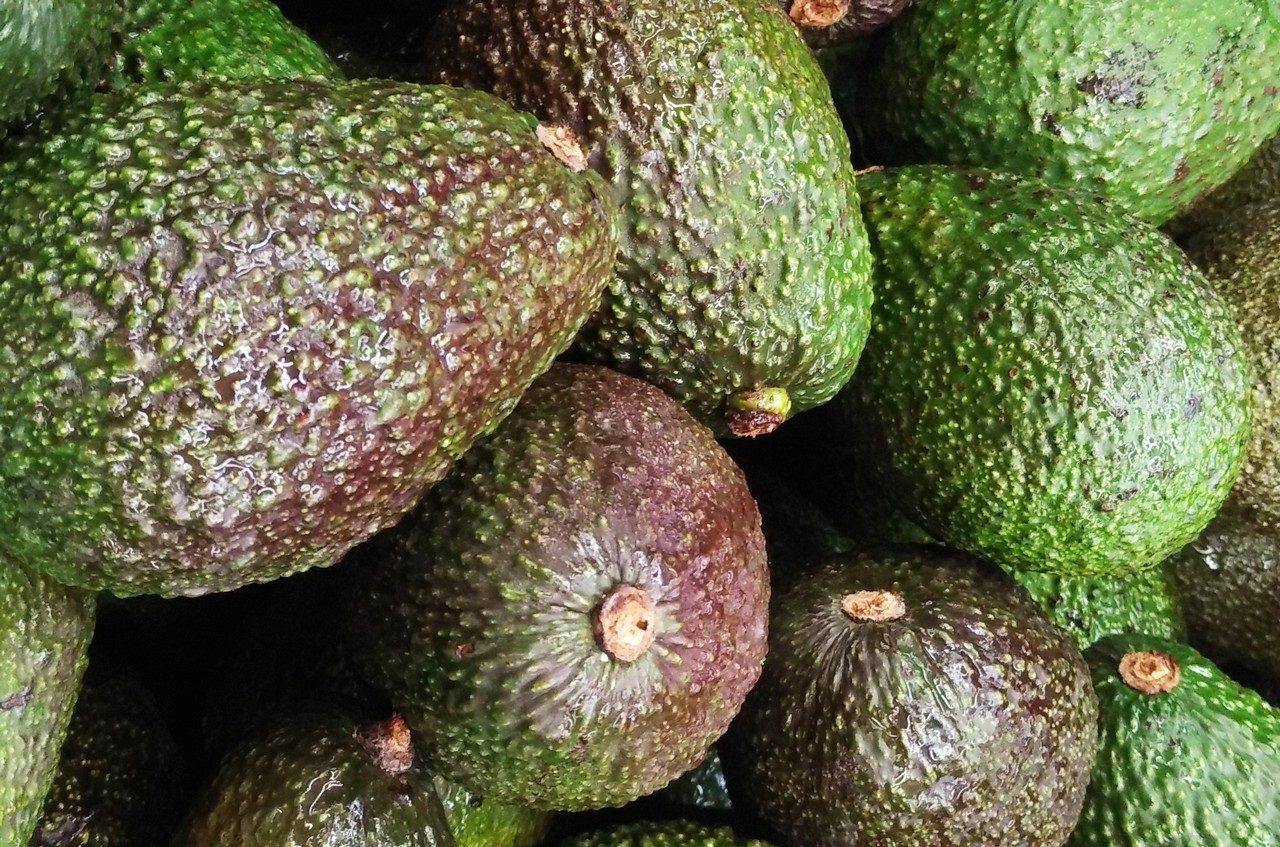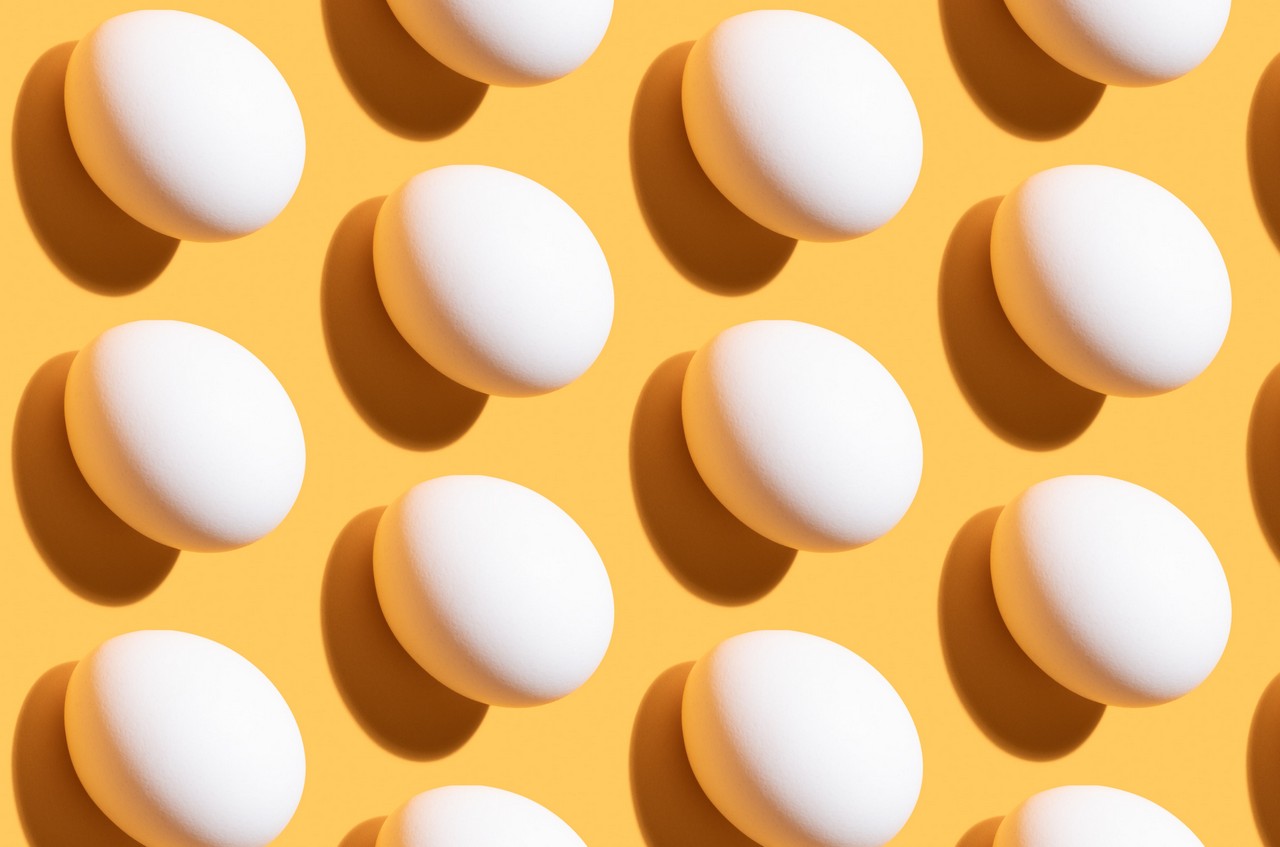
Eggs are a pretty integral ingredient in baking. But if you’re vegan (or allergic, or just out of eggs), there are plenty of awesome egg substitutes available today. “I can’t tell you how big this vegan [baking] trend is right now,” Lin Carson, Ph.D., food scientist and CEO of BAKERpedia, a free online encyclopedia for commercial bakers, tells SELF.
“The cool thing about egg substitutions is that there are so many different options,” culinary school graduate Jenny Dunklee of The Lazy Vegan Baker tells SELF. So we talked to the pros about the best egg replacements for various types of baked goods, and what else egg-free bakers should keep in mind.
What to know about swapping out eggs
It’s helpful to know what eggs actually do for your baked goods in the first place. “Eggs typically take on three roles when baking: Moisture, rise/leavening, and binding,” culinary school grad and professional photographer Sarah McMinn of My Darling Vegan tells SELF. “Most egg replacers will add moisture and binding, but you will likely need to add a separate leavening agent, such as baking soda or baking powder.” (Specific amounts vary by substitute; see below.)
However, “When you’re replacing eggs, there’s no one-size-fits-all,” Fran Costigan, culinary instructor, cookbook author, pastry chef, consultant, and director of Vegan Pastry at Rouxbe Culinary School, tells SELF. Each egg substitute will affect the taste and texture of the final product slightly differently, Costigan explains—meaning the best substitute for a batch of cookies might not be right for a birthday cake. We got great pointers from experienced vegan bakers, but it’s also “good to be open to a little experimentation,” Costigan says. (If you’re really not one for experimenting, you can probably find an egg-free version of whatever you want to make on one of the many vegan blogs out there. “That way, somebody’s already done all that testing for you,” Dunklee says.)
One more thing to keep in mind: Stick to substituting in recipes that call for three eggs or fewer, Costigan and Dunklee agree. More than that, and you begin to compromise the integrity of the original recipe. “You can’t make Grandma’s cake recipe with six eggs,” Dunklee says.
“Replacing eggs can take some trial and error,” McMinn says, “but generally speaking, most people are quite surprised at how easy it is to bake egg-free.” Happy eggless baking!
The best egg substitutes
1. Aquafaba
What the pros say: The liquid from a can of chickpeas that you pour down the sink is actually vegan baking gold. “It’s so amazing it’s ridiculous,” Dunklee says of her go-to. It’s also cheap and convenient (especially if you’re someone who happens to eat a lot of chickpeas). An average can of chickpeas contains about ¾ cup aquafaba, and the leftovers can be refrigerated or frozen, Costigan says. Aquafaba is particularly magical at mimicking egg whites. “It whips up beautifully,” Costigan says.
Best for: Everything! But especially cakes and meringues
How to make it: Use 3T of liquid drained from a can of chickpeas per egg you’re replacing. Stir in extra leavener: ⅛ tsp cream of tartar (Costigan’s formula) or ¼ tsp baking powder (Dunklee’s formula). Optionally, Costigan recommends taking an extra step to increase the viscosity: Reduce the liquid down over medium-high heat to about ½ cup volume. (To make meringue, check out Dunklee’s thorough tutorial.)
Try it in: Aquafaba Meringue Cookies from Fran Costigan or One Bowl Chocolate Cake from the Lazy Vegan
2. Flaxseed or chia seed
What the pros say: Mixing ground flaxseed or chia seed with water “creates this very gloopy, gel-like mixture that binds the batter together pretty well,” Dunklee says. “It [has] an egg-white-like texture.” Flax and chia “eggs,” as they’re called, can usually be used interchangeably, Costigan says, although she finds chia to be more neutral tasting. Dunklee prefers flax.
Best for: Cookies, bars, muffins, quick breads, and heavier cakes
How to make it: Use 1T ground flaxseed or chia seed per egg you’re replacing. (If you’re starting with whole seeds, first finely grind in spice grinder or high-powered blender.) With a fork or whisk, whip with 3T of water and ¼ tsp baking powder until gooey, and let sit at least five minutes (on the counter or in the fridge) to thicken.
Try it in: Gluten-Free Chocolate Chip Cookies from My Darling Vegan or Oatmeal Chocolate Chip Cookies from the Lazy Vegan Baker
3. Puréed fruit
What the pros say: Applesauce, mashed ripe banana, and pumpkin can bring some lovely sweetness and binding power to baked goods, Costigan says. Applesauce is actually McMinn’s go-to egg replacer overall, and her top recommendation for beginners. “It is lighter than some purées and adds the necessary moisture and binding without heaviness or extra flavor,” she says. Because they don’t provide leavening on their own, fruit purées aren’t ideal for baked goods that need a lot of rise or a delicate crumb, Costigan points out (like a tall cake).
Best for: Muffins, loaf cakes, quick breads, and cookies
How to make it: Use ¼ to ⅓ cup of applesauce, pumpkin purée, or mashed banana plus ⅛ tsp baking soda or 1 tsp baking powder (added to dry ingredients) per egg.
Try it in: Vegan Vanilla Cupcakes or Vegan Coffee Cake from My Darling Vegan
4. Store-bought egg replacers
What the pros say: Commercial egg replacers are great if you want consistent results. They’re usually made with a combination of starch and/or protein plus leavening to recreate the structure, viscosity, and foaming an egg provides to the batter, Carson explains. “They work pretty well,” she says.
Costigan has tested several egg replacers on the market, and her favorite is Bob’s Red Mill Egg Replacer (made with potato starch, tapioca flour, baking soda, and psyllium husk fiber). “It’s very reliable across the board and stores well,” she says. Linda Meyer, cofounder of Veganosity, tells SELF she prefers Follow Your Heart VeganEgg (made with soy milk powder), and JUST Egg (made with mung bean protein isolate). “They are the closest thing we’ve found to actual eggs,” Meyer says. “They really help with the texture of our baked goods, and they’re also easy to use.”
Most Popular
- Does Rowing ‘Count’ as Strength Training?
By Tiffany Ayuda
- This Simple Morning Habit Can Help You Sleep Way Better at Night
By Julia Ries
- 18 Hot and Horny Sex Games
By Malia Griggs
Best for: Quick breads, loaf cakes, cookies, muffins, waffles, and pancakes
How to make it: Follow package instructions.
Try it in: Vegan Banana Nut Bread from Fran Costigan or Vegan Buttermilk Waffles from Veganosity
5. Silken tofu
What the pros say: Creamy and moist, puréed silken tofu is perfect for specific kinds of desserts, like Dunklee’s signature chocolate cream pies. “I serve it all the time and people don’t know it’s vegan,” she says. “Tofu holds the structure pretty well with the protein.” McMinn loves silken tofu in custard dishes like mousse and pudding, which rely on the coagulation of proteins. Dunklee has also had success with lemon or vanilla pound cakes. (Just make sure the recipe contains a strong flavor, like vanilla extract or cocoa powder, in order to camouflage the tofu taste, Dunklee says.)
Best for: Cream pies, custards, mousses, and pound cakes
How to make it: Purée ¼ cup silken tofu per egg.
Try it in: Vegan Pumpkin Pie from My Darling Vegan or Chocolate Peanut Butter Banana Cream Pie from the Lazy Vegan Baker

